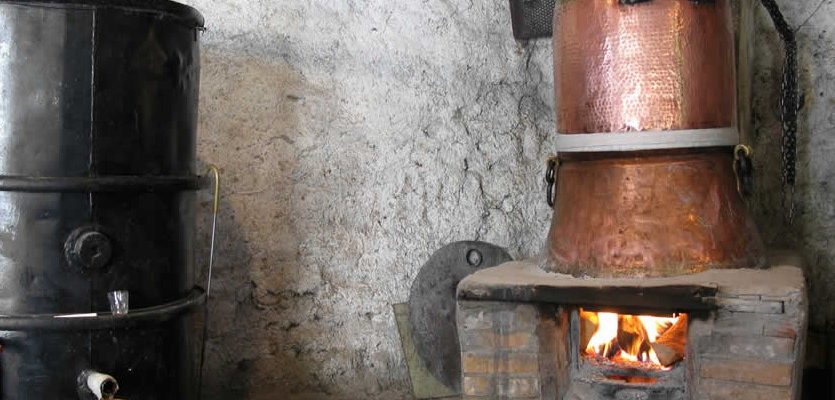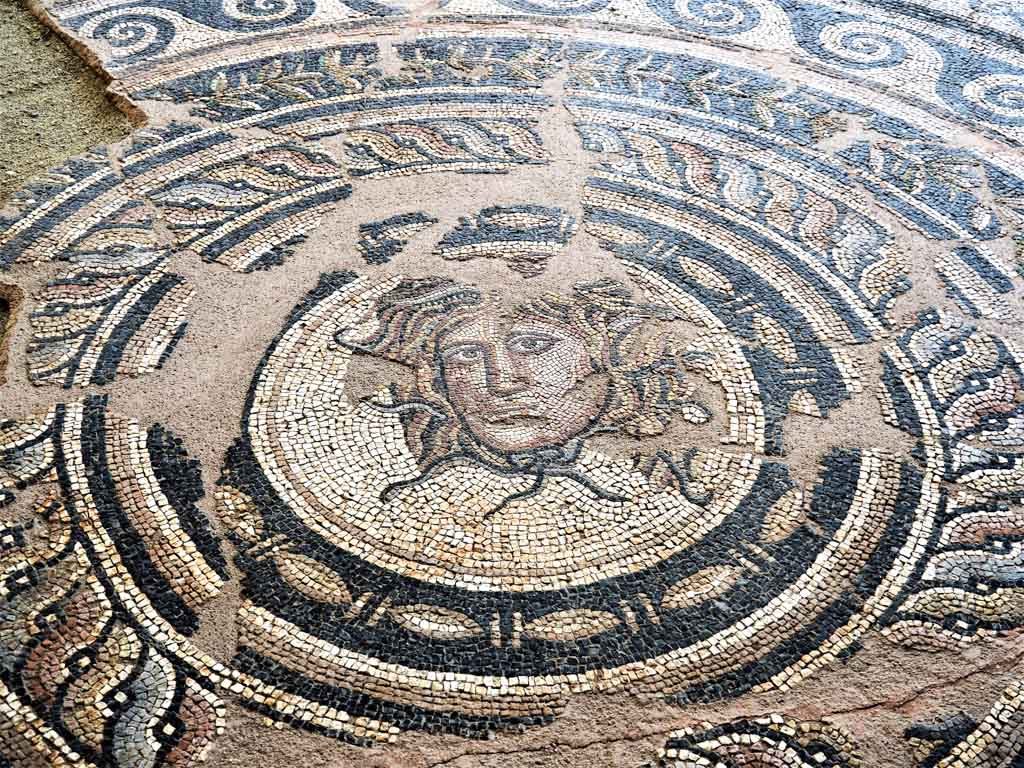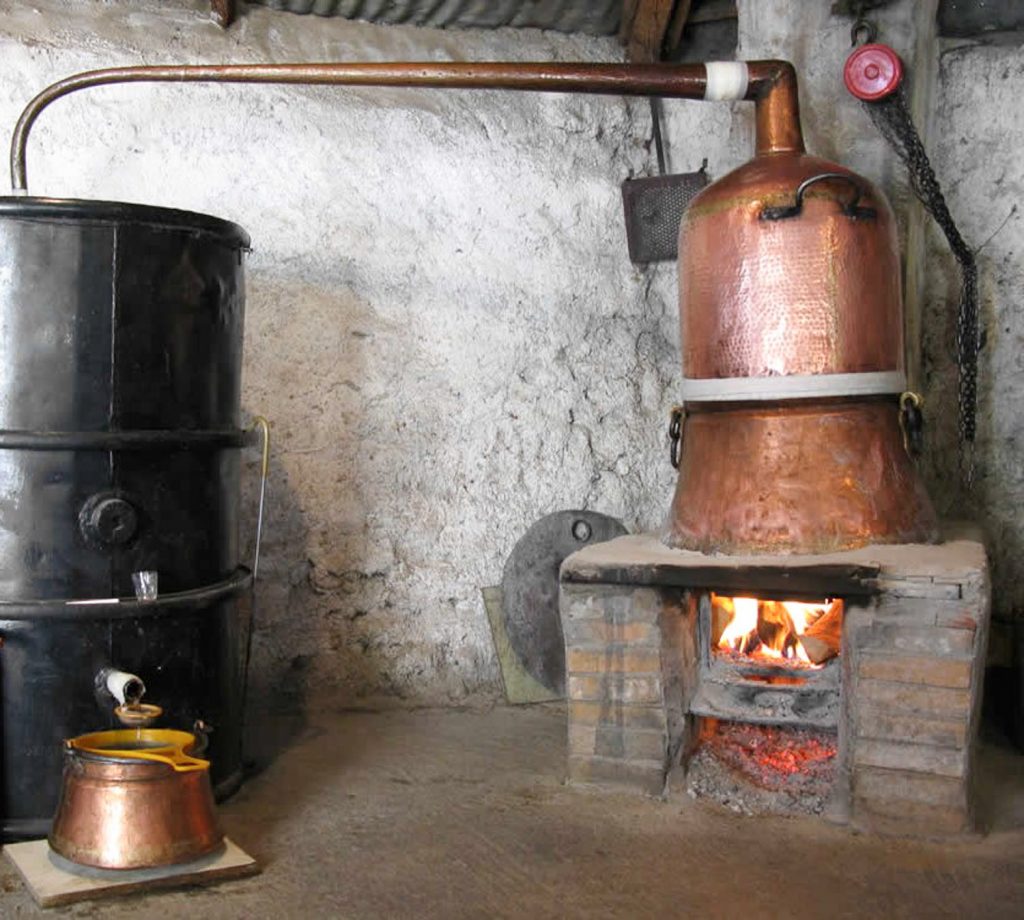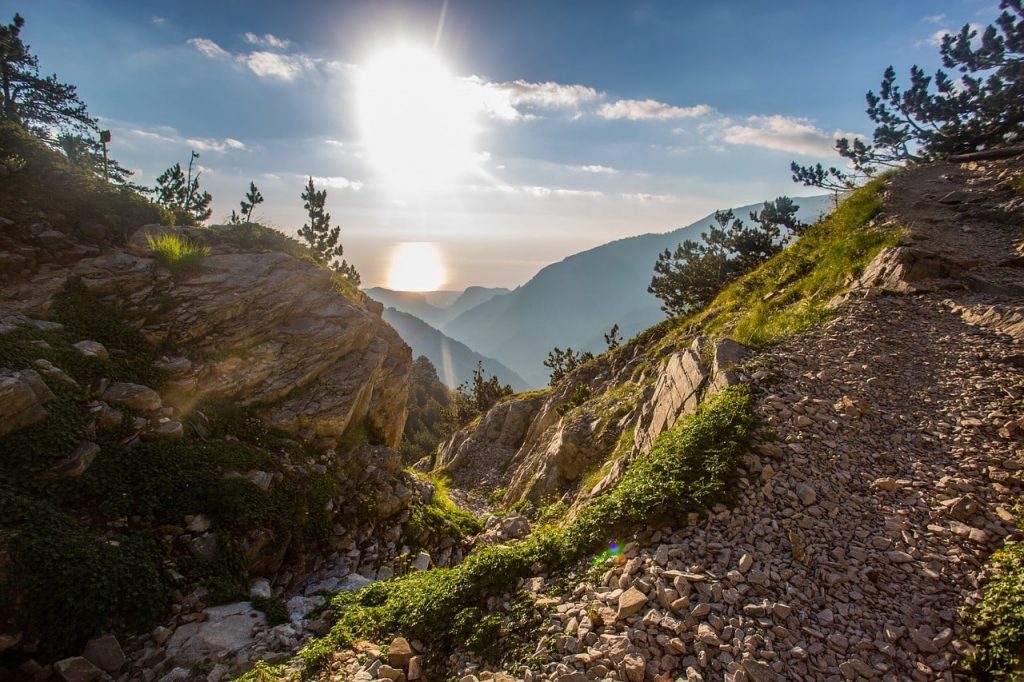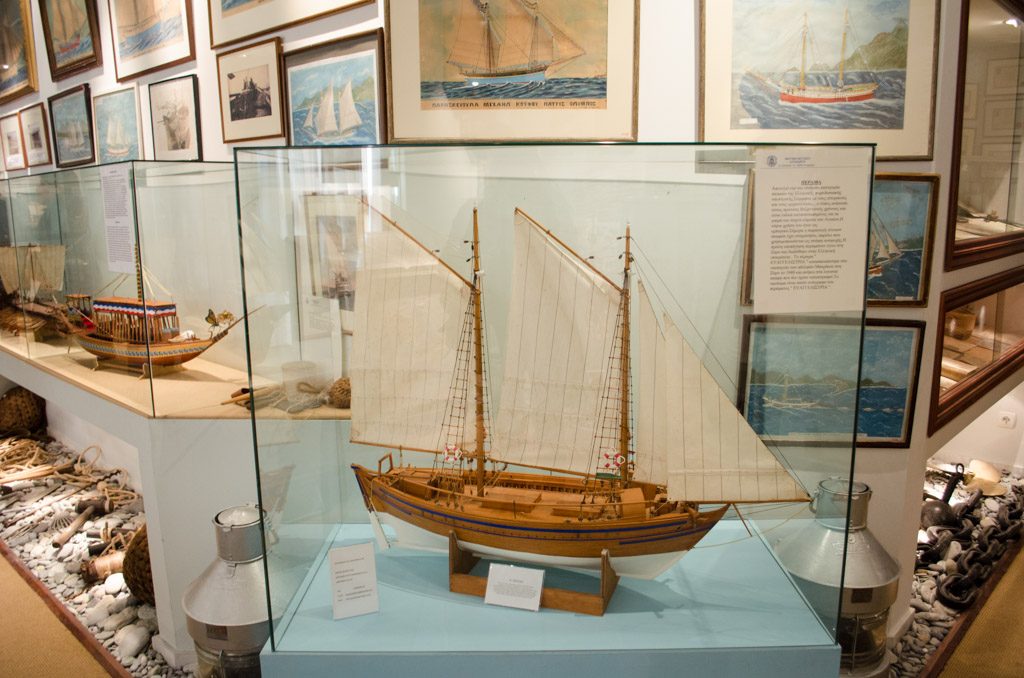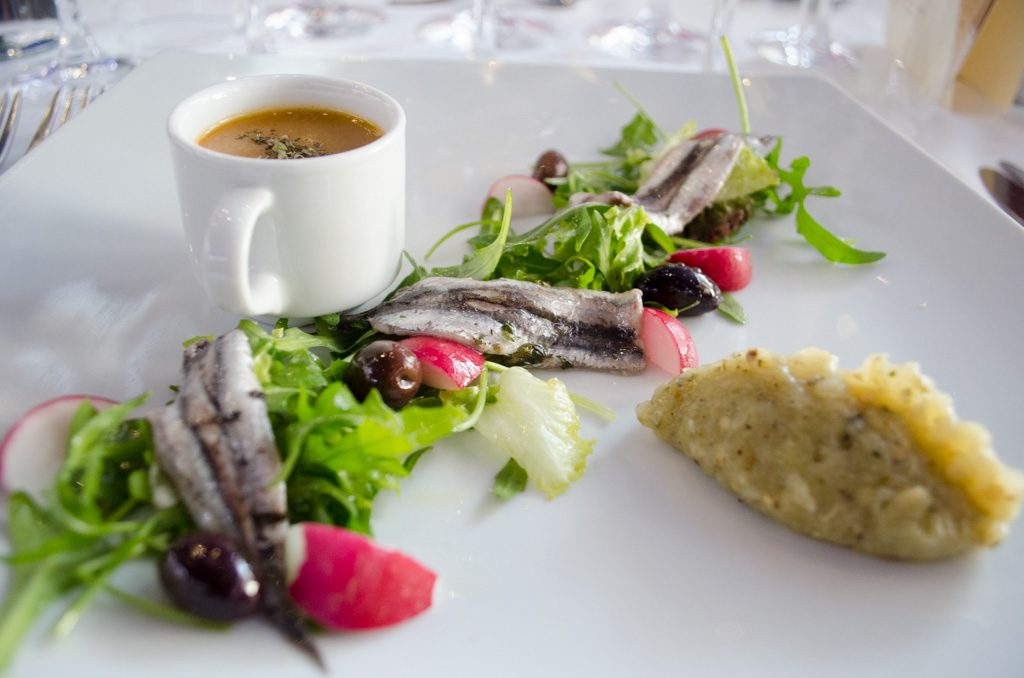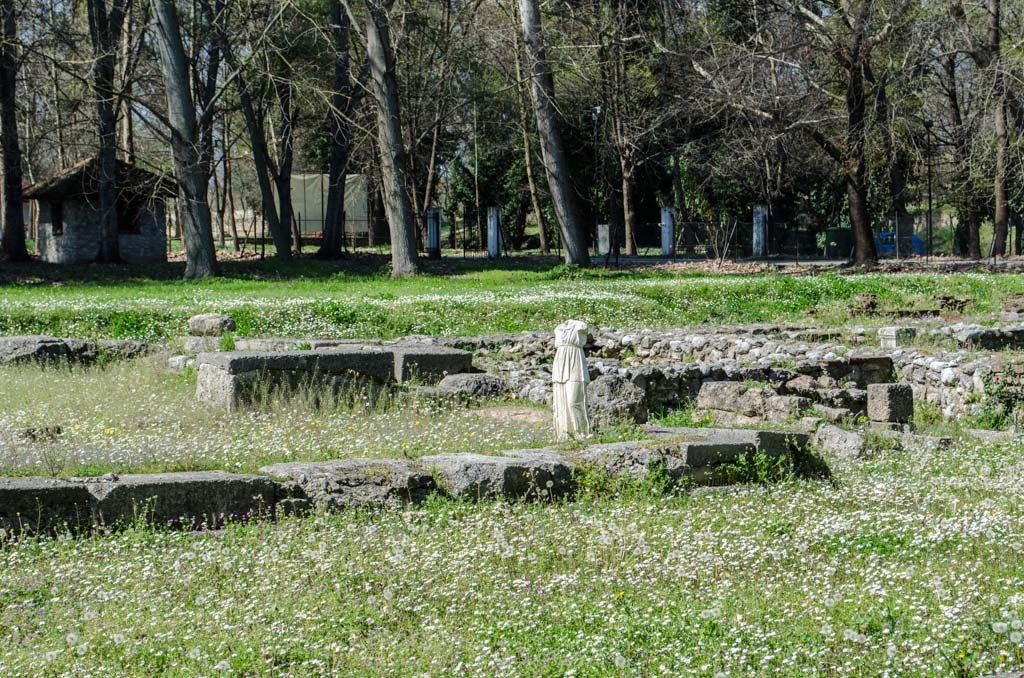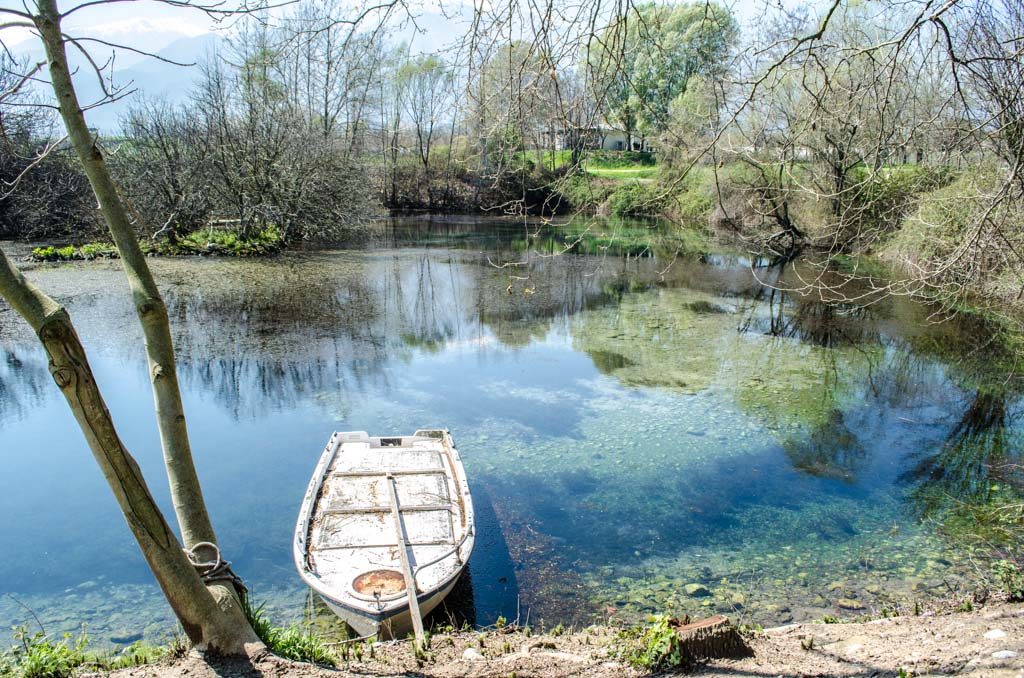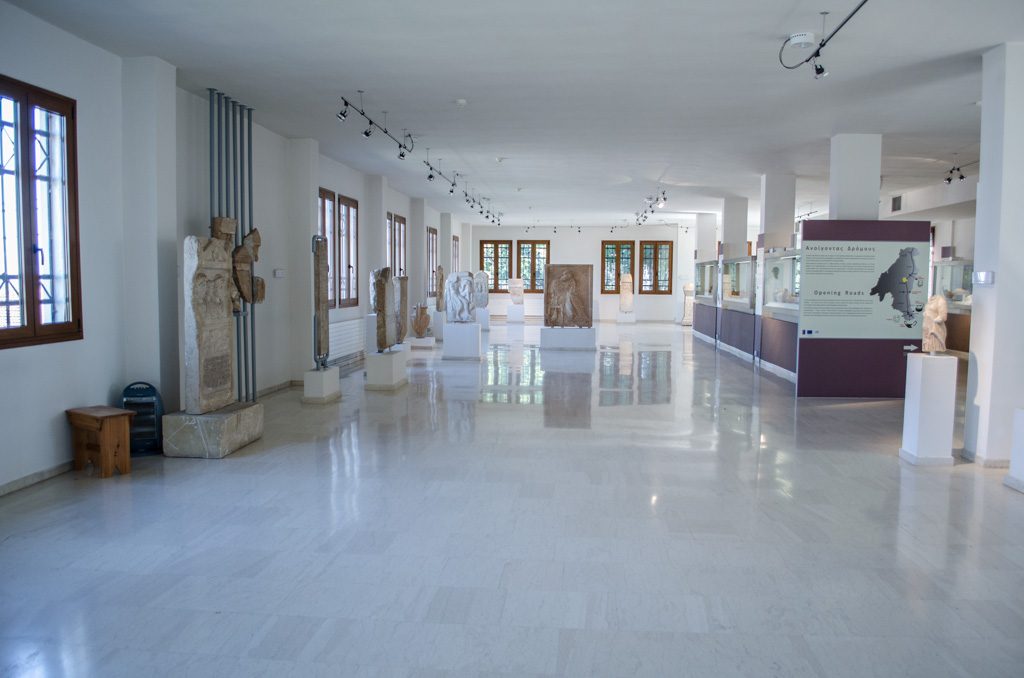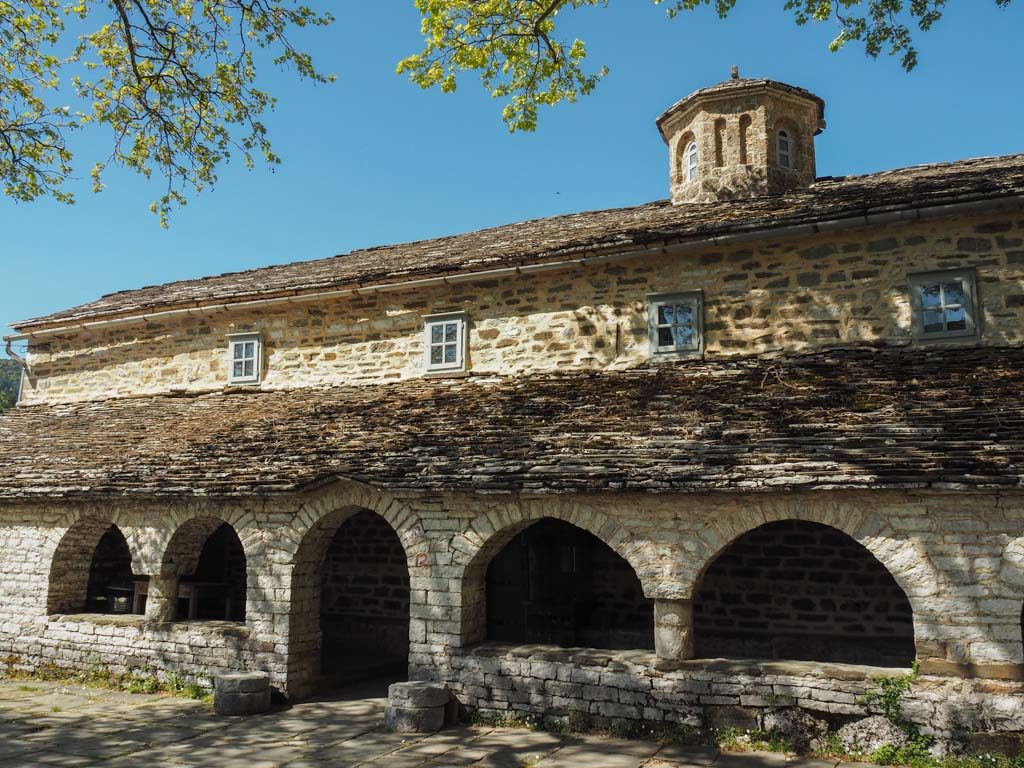After the olives harvested and pressed for oil, and the grapes picked and pressed for wine, a treasured third fall ritual takes place — the making of Tsipouro. This aromatic strong spirit is made of the marc- the skins and seeds and pulp- leftover from pressing the grapes for wine. The marc is distilled, and traditionally flavored with aromatics, primarily anise, which makes it so cloudy in the glass over ice just like ouzo. But blends of aromatics make each batch unique (these are, of course, a secret).
The making of Tsipouro: Tyrnavos, Mount Olympus, Vergina & Dion sites
Throughout October and well into November, groups of friends gather around copper stills – “kazani” in Greek, for distilling parties, which are also called “kazani”. What makes Tsipouro particularly special is that, although it can be found commercially bottled in a liquor store, it is primarily a traditional agricultural product.
Much of it is poured into plastic bottles and sold in bulk to friends and neighbors. Northern Greece has a lot of excellent wine grapes, and consequently a lot of fine Tsipouro. Northern Greece’s famous Tsipouro-producing areas are also filled with other charms. Just as people go on a wine route, on a tsipouro route you can learn more about the country as you learn more about the drink. Here are some of our favorite destinations.
Tyrnavos
The name Tyrnavos is most closely associated with superb Tsipouro. This large town in the Larissa prefecture is full of charming traditional architecture. In the 18th century, Tyrnavos was known for textiles, making red dye, silk, and fabric for Navy uniforms, and the town’s wealth can still be seen in its traditional buildings. There is a hamam from the Ottoman era, and a famous bridge over the river Titsarisios. Another highlight is the lake called the “Mati Tyrnavou” (“The Eye of Tyrnavos”) – the region’s only natural lake, which is a haven for flora and fauna.
Mount Olympus
The name speaks for itself — Greece’s most famous mountain is of course one of the most famous mountains in the world.
Once home of the gods, it is still heavenly, and still glowing with spiritual energy. It’s 2918 meters attract climbers and nature lovers. Even if you are not a very serious climber, you can get just a taste, by hiking to one of the refuges. Here, enjoy a rustic meal of spaghetti with meat sauce or a traditional bowl of white bean soup. There is, of course, tsipouro too.
Litochoro, a town on the slopes, makes for a surprisingly sophisticated destination, with elegant cafes, a charming naval museum, and an excellent restaurant- Gastrodromio- specializing in gourmet cuisine with integrity, highlighting true mountain ingredients.
Dion
Near Olympus is the sacred site of Dion, the most sacred of all ancient Macedonian sites.
Here, sacrifices were made to Zeus and festivals held in honoring Zeus and Pierian Muses (the region today is called “Pieria”), including competitions in theater and gymnastics. It was here that Alexander the Great came to seek the blessing of the gods before his glorious expedition to the east.
Dion enjoyed over a millennium of activity, from the 6th c BC to the 5th c AD. The archaeological park has the ruins of various sanctuaries, including that of Demeter, of Asclepios, of Zeus Olympus, and of Isis.
Running through the marvelous site is the river Vaphyras, itself considered a deity, and thought to have been the site of the holy Grove of the Muses. In this wild natural setting, the spirit of the ancient world thrives. Findings from the excavations are housed in the on site museum.
Vergina
For many, the tombs of Vergina- otherwise known as ancient Aigai- are the most thrilling of ancient archaeological sites.
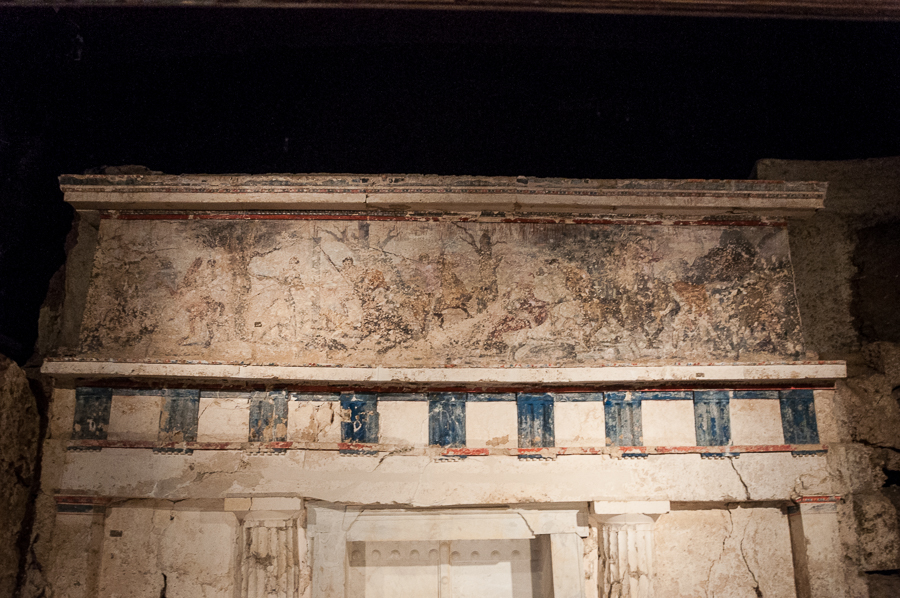
Discovered only in 1976 by the archaeologist Manolis Andronikos, the excavations uncovered the tombs of Macedonian Kings, including that of Phillip II, father of Alexander the Great. The tombs themselves are in situ- the museum has been built around them. Apart from the monumental significance of the figures buried here, the findings are of exquisite beauty. The frescoes on the tombs look like the work of Rembrandt, with faces evoking a subtle range of emotions. The golden burial wreaths are spectacular, and the ivory miniatures are exquisitely detailed. The whole of this is housed under mounds in partial darkness, adding a great sense of mystery and discovery.
Wines and spirits are so connected with culture — it is wonderful where following their trail can lead you. Have you ever tried Greece’s distilled spirit — Tsipouro?

